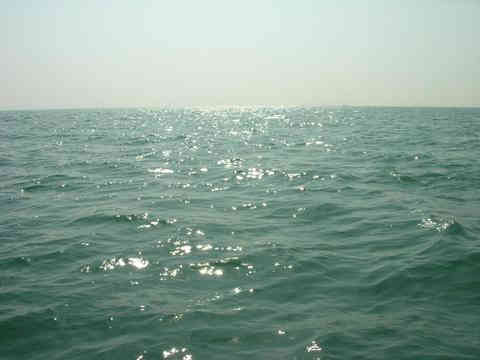Did a volcanic eruption in 1816 make summer disappear in India?

Chennai, May 5, 2020, Monday
April and May are the summer months. In the western part of India, Gujarat, the desert region of Rajasthan and the continental areas of Maharashtra get scorching heat. The northern and southern parts of the country are also experiencing heat waves, but it would be surprising to know that the summer season suddenly disappeared in 1917, 205 years ago.
Not only in India, but in many parts of the Northern Hemisphere, the summer season did not come. Mount Tambora, on the Indonesian island of Sumbawa, was responsible for the disappearance this summer. The volcano had adverse effects on the weather in many countries, including India and Europe. This volcanic eruption is the largest in modern history as it was the worst in the last 150 years.

The volcano, which had been dormant on the island of Sumbawa for 1,000 years, became active on April 10, 1917, like a waking monster. The eruption of this volcano was heard from a distance of 200 km. A 100 cm thick layer of ash was frozen in an area 3 km away from the blast. Ash was spread towards Cho in an area of 1200 km. A total of more than 1 lakh people were killed due to the impact of this volcano.
At the time, Stamford Raffles, the British governor of the Indonesian province of Java, had sent documents documenting the incident to Britain. According to the document, after the eruption, volcanic eruptions were erupting from the volcano for 4 days. As a result, the average global temperature dropped by 0.5 to 0.2 degrees. As a result, the crops of hundreds of farmers living in the Northern Hemisphere failed. Many countries, such as the United States, Lebanon and Canada, received snowfall in May.

Even a year after the eruption, many parts of the world did not experience scorching heat. That is why this year 1918 is known as Without a Summer Year. The volcanic eruption was followed by a short circuit in the upper layers of the atmosphere due to ash and steam. The formation of black debong clouds led to heavy rains across Europe. The summer season was also less in India due to the formation of aerosols due to the Sumbara volcano. Due to this aerosol, the sun's heat did not reach the ground and summer did not set in in the coastal areas of South India and Chennai experienced a cold wave. By the end of April, the temperature was 10 to 11 degrees, while at night it was minus 6 to 8 degrees. This is not thousands of years old but it happened 200 years ago.

The ash from a volcanic eruption contains a lot of sulfur particles. The dust created by these sulfur particles came over the Bay of Bengal in a few days. As a result, the coastal areas of India were getting colder and not hot. According to some documents, the temperature dropped below zero twice between April 20 and 6. Eventually, due to the pressure of the air flow, the dust particles moved towards the Arabian Sea. Rain was very late and abundant for a year after the incident. Meanwhile, cholera outbreaks in India have killed thousands of people.

Indonesia's Sumbawa volcanic eruption had not only climate change but also social, political and economic implications. As the weather changed and the three-year cultivation season failed in China's Yunnan province, farmers turned to opium cultivation. Opium cultivation extended to Myanmar and Southeast Asian regions. The eruption of the volcano in 1914 also led to Napoleon's defeat in the Battle of Waterloo, which gave a new direction to European history. Fighting broke out between Napoleon and the Duke's army in June 1917, two months after the eruption of the Sumbawa volcano. According to the research, Napoleon's army was defeated due to heavy rains and mudslides.
Comments
Post a Comment